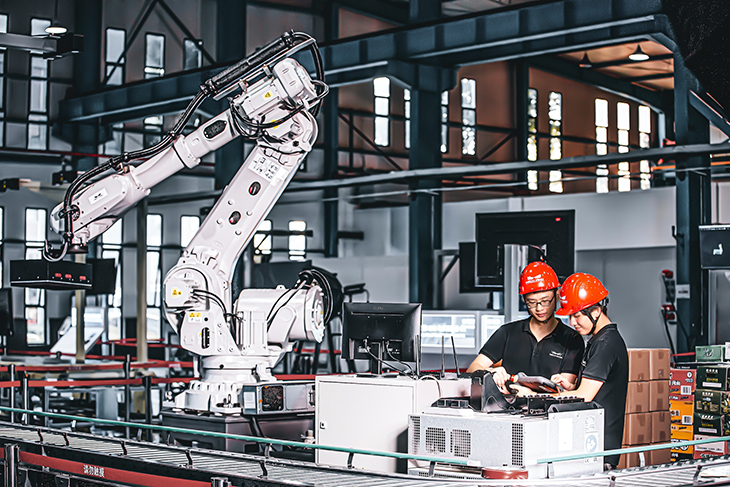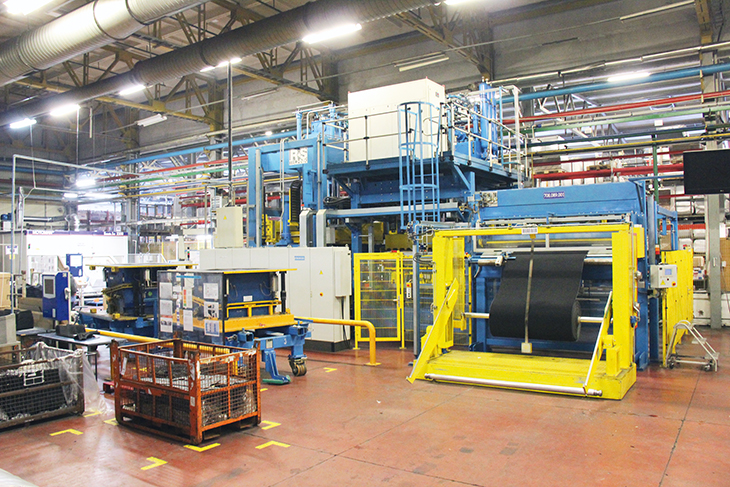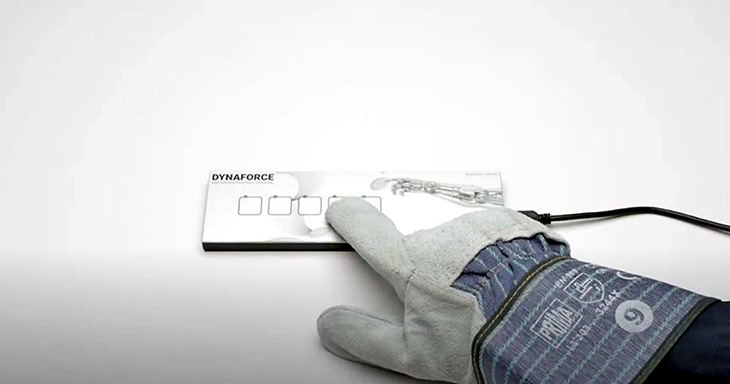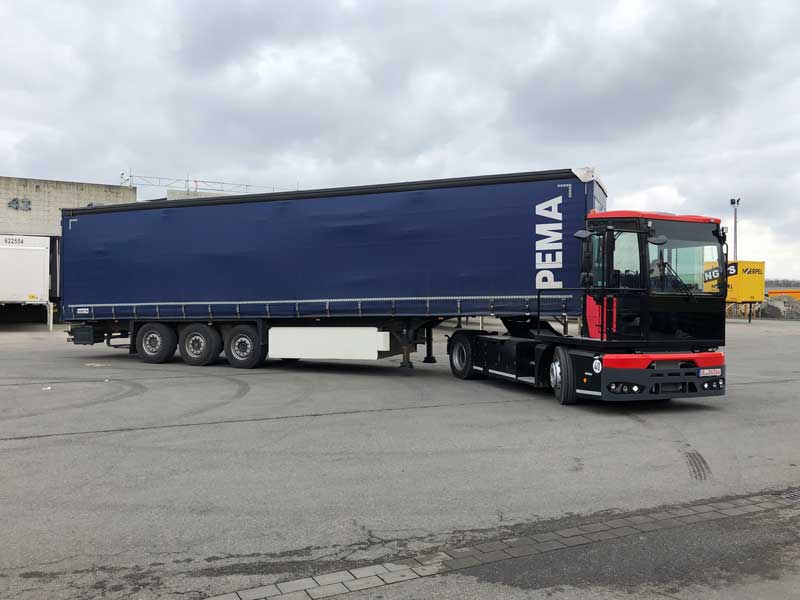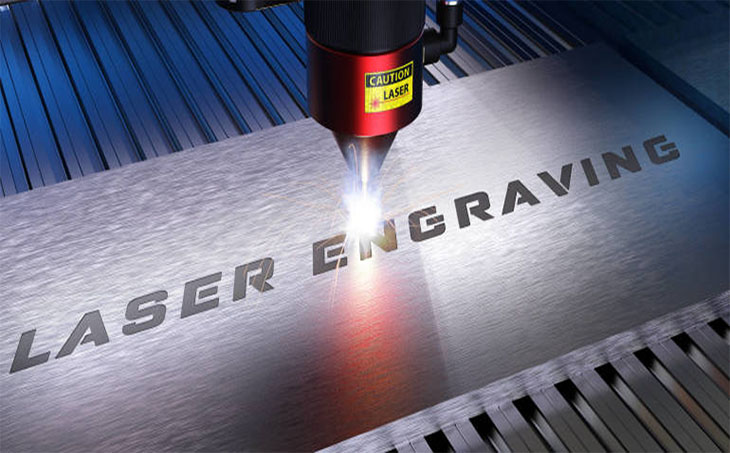Too many unpredictable influences and resistance to adopting new operational technologies have made manufacturing sustainability remain environmentally toxic for its entire history. Modernizing with robotics could help manufacturing outfits achieve sustainability objectives, even though resources and energy go into creating them in the first place.
What Are the Manufacturing Sector’s Biggest Sustainability Challenges?
Manufacturing sustainability consists of changing over processes to more eco-conscious alternatives that save energy, resources and money while increasing employee safety and brand loyalty. So why are companies not willingly transitioning when it only promises benefits?
In short, manufacturers fear they will not be able to move to more eco-friendly solutions without compromising the United Nations’ definition of sustainable manufacturing. It states production must meet present needs without putting future needs in jeopardy. Meeting current needs means cutting financial corners and prioritizing speed, which often does not align with manufacturing sustainability. Many know greener operations are the future, but robots could make it feasible.
Energy use and waste are manufacturing’s Achilles heels. It ranges from excess water and fuel use in production and transportation to waste destined for landfills because of manufacturing defects or rejects on production lines.
Robots — or collaborative robots called cobots — participate in manufacturing-specific processes like thermoplastics and welding where innovative sustainability practices have not been realized. Companies must use robotics for sustainability, especially for these corners that could use a global upgrade.
How Can Companies Incorporate Robotics to Help?
From blockchain to IoT informing AI, Industry 4.0 has myriad robots and electronic assistants to reduce carbon emissions and save energy. Robots come in numerous sizes and shapes, with varying applications for improving sustainability efforts:
- Saving space: Robots like AGVs can shelf, organize and catalog warehouses for improved product visibility, saving energy and room for more valuable products.
- Reducing energy consumption: Using AI or not, robots can gather information about how much fuel and electricity a manufacturer uses and decide how to minimize and automate for more intelligent usage.
- Minimizing waste: Robots perform tasks more accurately, meaning they scrap fewer products because of mistakes.
- Improving recycling: Complex products with numerous parts are labor intensive and potentially unsafe to do with human hands. Mechanisms like robotic arms and aluminum extrusion could separate valuable parts for reapplication with long-term reusability.
- Streamlining maintenance: Robots send automatic notifications to technicians if they have a fault, need an update or require cleaning. More regular upkeep with smarter robots can save countless dollars, hours, and resources from going into unnecessary parts or entire unit replacements.
Regarding the issue of waste, robots could provide insights on how to cut material use. Gathering analytics can improve quality control while revealing the most significant environmental oversights.
Robots could help manufacturing lines overtly or assist with carbon offsetting or other external eco-projects. Startups are crafting robots to clean up the ocean and plant trees. Manufacturers may want to consider how robots on their production lines could translate to other green initiatives with their skills.
Why Are Robots One of the Best Options for Sustainability Improvements?
International conflict and global instability cause manufacturing enterprises to make environmentally questionable decisions to stay afloat. Delegating to offshore third parties with minimal or nonexistent sustainability efforts is a sneaky way environmental degradation comes into the picture — but when companies face in-the-red profit margins, what else should they do? Incorporating robots to automate tasks prevents companies from outsourcing, keeping operations and emissions in-house and entirely within a company’s purview.
When outsourcing becomes the primary go-to solution for cost saving, investments depreciate long-term when efficiency and supply chains suffer delays and antiquated mindsets that keep production in rudimentary stages. Though upfront costs for robotic installation seem steep, avoiding these long-term side effects while banking on governmental tax incentives and subsidies by going green tips the scales toward sustainability.
The robotic implementation also keeps companies at a competitive advantage while growing a more loyal B2B and B2C customer base. Businesses want to work with forward-thinking manufacturers and consumers want to purchase from companies that shoulder their environmental responsibility. Staying relevant is almost impossible in any sector without embracing some tech upgrade — whether it is AI or social media influencing.
However, the most notable boon is robots could provide a better quality of life for workers. Ethical labor practices are part of sustainability initiatives, and investing in workforce happiness improves efficiency and loyalty. These may not sound like they reduce carbon footprints, but everything from hiring and firing to training requires energy and resources. Keeping staff to tenure creates more knowledgeable plant technicians and more curated robots for achieving green goals.
Leveraging Robotics for Manufacturing Sustainability
Robots could be the secret ingredient to manufacturing sustainability. It answers the question of financial stability and achieving corporate social responsibility objectives. By investing a small amount upfront, companies can get greener and embrace more tech in an already competitive industry that struggles to stay afloat.









